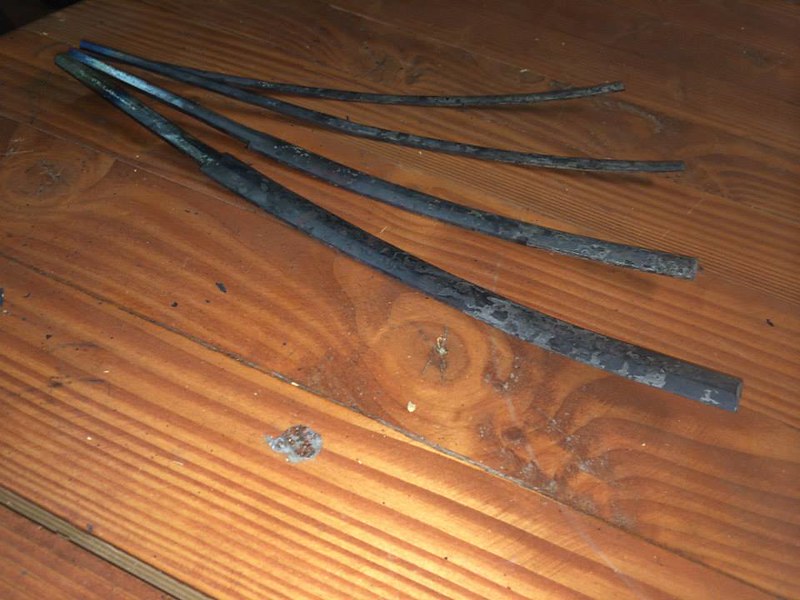icanhaschzbrgr
ill-Known Member
Hey,
while visiting last JNS gathering, Dan guided me on making my first saya. I'm pretty happy with results and really enjoyed the process. Now, when I back at home, I'd like to continue making sayas. The only tools I'm lacking are chisels. I know they could be as cool as some of high end kitchen knives (or even cooooler).
So, can you guys share your chisel pics and tell me why you like them and where I could get something as awesome.
I'm trying to do my homework on selecting good chisels on a budget, but I might just dive into another rabbit hole
while visiting last JNS gathering, Dan guided me on making my first saya. I'm pretty happy with results and really enjoyed the process. Now, when I back at home, I'd like to continue making sayas. The only tools I'm lacking are chisels. I know they could be as cool as some of high end kitchen knives (or even cooooler).
So, can you guys share your chisel pics and tell me why you like them and where I could get something as awesome.
I'm trying to do my homework on selecting good chisels on a budget, but I might just dive into another rabbit hole






